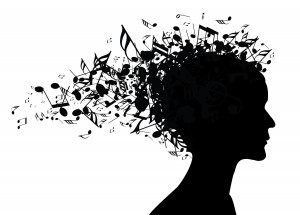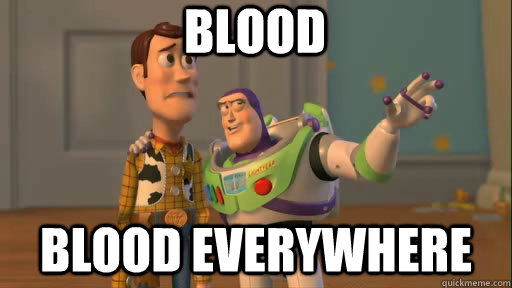As a student who is a product of standardized testing and lessened recess time, I have anxiety problems. These tend to permeate in not only school, though, but also in (somewhat irrational) phobias and fears. The one that seems to perk up the most is my fear of flying. Being from the far away state of Georgia, I tend to have to fly quite often to get home and/or see family. The fear of dying on a plane only truly magnifies when I am on a small plane (thank you, State College airport) or on a plane experiencing a lot turbulence. I’ve only once gotten to the point of having an anxiety attack on a plane, and it was this August flying home by my lonesome from Chicago to Atlanta after visiting my brother. There was an immense amount of turbulence the whole two hour flight. After I landed safely on the ground and cursed the pilot, I vowed to never fly alone again. Sadly, this was a useless vow, because I attend college hundreds of miles away from any close family. Because of having had that most recent flying experience, I was a bit weary of having to once again fly alone on my way to Florida to see my cousins for Thanksgiving.

This is highly unsettling for me to look at. http://elitedaily.com/news/world/people-terrified-plane-crashes-even-though-rare/977885/
When my connecting flight from State College to Philadelphia was delayed 30 min. for de-icing, I should have known I was in for a bumpy ride. Thankfully I had a slight amount of apathy in just wanting to get away from campus. As a nice metaphorical ‘have fun on break!’ sentiment from Penn State, I dealt with my two biggest causes of anxiety in flying: being a passenger of a small plane and constantly being rocked by turbulence on said small plane.
I was saved from another anxiety attack, though, by Andrew Read who had taught me and other SC 200 students about risk. The lesson truly applied to my life experiences, and so it changed the way I approached my fear of flying. In class the week before I learned to look at risk through the two components of exposure and hazard. In the review of the lesson, Andrew asked us a question about why the risk of dying in a plane crash in the U.S. is very very low. Plane crashes have a high hazard, it’s occurrence almost ensuring death, but a low exposure, because the likelihood of a plane crash, as stated in class, is extremely unlikely in America. There is a reason you rarely see a plane crash incident being reported on the evening news.
As I was on this plane ride, flying alone, clutching my armrest and shutting my eyes to forget the icy/wintry mix clouds outside aggressively hinting at my death, I remembered risk. To keep myself from silently crying and having a muted anxiety attack on this small plane, I kept repeating in my mind what was taught in class. Being in a plane crash is highly unlikely with modern technology and it’s a statistic of 1 in some-odd-million. The likelihood of me being on the nightly news is close to nothing. I will be in Florida soon.
My plane is not going to crash. My plane is not going to crash. My plane is not going to crash.
Viewing my phobia in terms of risk helped me rationalize my experiences, and I will continue to use these thoughts to calm myself as I experience this phobia of flying.




